Some third-party calendar apps (Fantastical, for example) allow you to view all your upcoming events as a vertical list. Many users find this sort of viewing mode beats staring at the regular calendar interface, since it provides a quick at-a-glance summary of their entire schedule over the coming days and months.
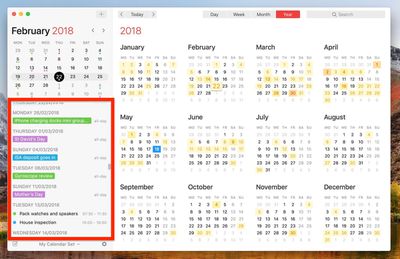
On the face of it, Apple's Calendar for macOS lacks an equivalent feature. However, there is one way to force a list view that includes all your events, which we've detailed below. The trick even works with iCal going back at least to OS X Mountain Lion, which makes us wonder why Apple doesn't make the option a bit more obvious.
How to View All Events as a List in Calendar
- Launch the Calendar app on your Mac.
- Click the Calendar button.

- Select which calendars you want to include in the list view using the checkboxes.

- Click the Search field in the upper right corner of the Calendar window and type two double quotes ("") to generate a list of all upcoming events.

We find the list view makes it easier to copy multiple events and paste them into other apps in chronological order. For example, to copy several contiguous events, hold the Shift key, click the two outlying events bordering a given period, right-click (or Ctrl-click) an event in the selection, and select Copy from the contextual dropdown menu. You can then paste the events (including their details) straight into a document in date order.
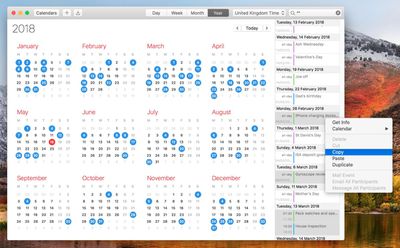
To copy non-contiguous events in your calendar, simply perform the same action but hold down the Command key instead of Shift. (Note that you can also open multiple event info boxes using the same method - just select Get Info from the contextual dropdown menu.)
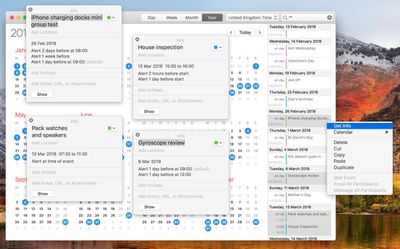


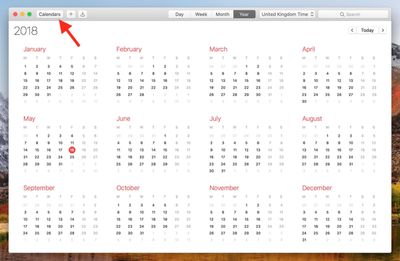
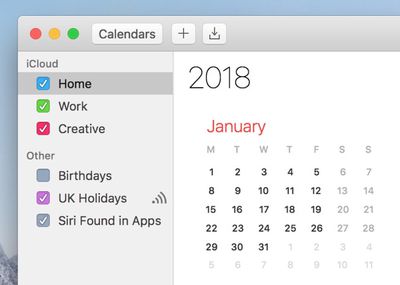
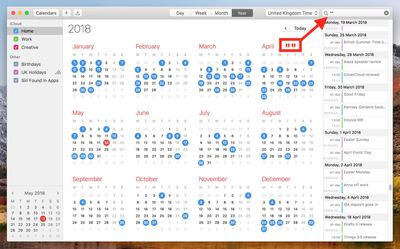





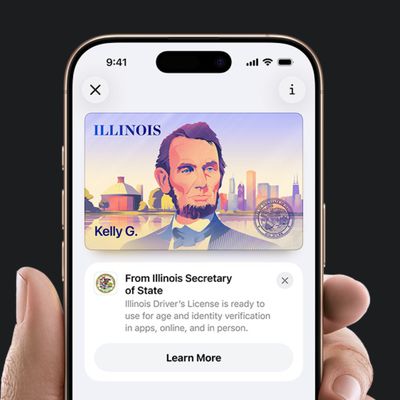
















Top Rated Comments
I want a calendar app that supports all Mac and iOS platforms with the SAME features such as UTC (GMT) time zones, floating time zone input, and events scheduled down to the minute (not rounded to the nearest 5), or events scheduled in different departure and arrival time zones (my personal preference, I could always just enter events in UTC and let the calendar app convert the times but sometimes that takes longer to input).
In short, neither Apple’s app or Fantastical 2 provide all of these features on ALL platforms and I can’t figure out why. Also, why do I have to know a specific city in a selected time zone to get that to populate the time zone field? I don’t want to have to use a “nearby” city that may or may not be in the correct time zone, I want the program to be smart enough to figure that out.
Going to try BusyCal next but I think some of the missing features are due to Apple’s calendar APIs used by developers. For example, you can’t do floating events on iOS; iOS rounds the times to the nearest 5, Mac OS will not let you choose a different time zone for the start and end of an event like iOS will.
Maybe I’m a lone wolf on wanting some of these features but I feel like the coding aspects aren’t too hard to fix, they just haven’t been done.